What if I have SVT on a plane? It can be managed. One study shows the efficiency of telemedicine when someone had an supraventricular tachycardia on board.
People with SVT can fly safely in an aircraft but must consult their cardiologist about the risks and take the essential measures of protection.
Your doctor can discuss the factors that can set supraventricular tachycardia off and how you can prevent them. However, to avoid this attack while flying on the airplane, you will have to do the needful things.
Be aware of what can trigger an SVT attack and quit or minimize these things.
Table of Contents
Can I have long haul flight with SVT?
Telemedicine assistance has been used to handle the case of an SVT in-flight. (1)
During an international commercial flight, a 33-year-old woman experienced heart problems and lightheadedness.
Initial cardiac and blood pressure of 220 bpm and 128/78 mmHg, respectively, was observed with significant indications on an onboard telemedicine device.
An electrocardiogram was provided and sent to the ground-based medical center on which the SVT was diagnosed.
Vagal maneuvers that led to a return to sinus rhythm and patient stability were recommended. In this study, while cardioversion was achieved successfully, this postural change could help possible cases of SVT flight.
SVT flight care using telemedicine
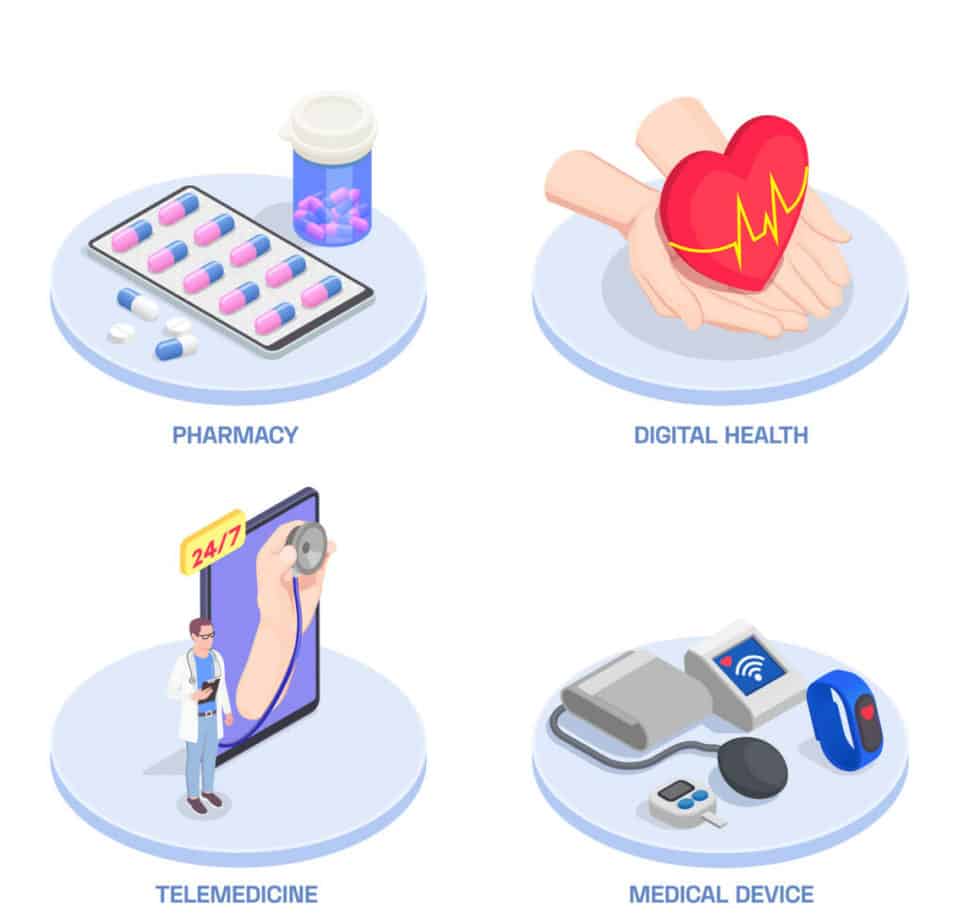
Telemedicine can enable in-flight SVT diagnosis and guide management, differentiating them from other types of heart rhythms, by transmitting vital signs and ECGs to center-based emergency health practitioners.
The telemedicine support is rapidly becoming a choice for aviation to be provided professionally by doctors with established know-how in airline physiology and operations.
Centers for telemedicine and ground-based medical support (GBMS) have become pioneers in shipping assistance for sailors.
The occurrence of rhythms in flight, like SVTs, is expected to increase in line with the global increase in commercial air transport. Vagal maneuvers are a convenient first-line option.
In treating patients with symptomatic tachyarrhythmia, telemedicine is essential, particularly when initial operations fail.
Via the transfer of vital signs and ECGs to ground-based medical support centers, telemedicine can diagnose and direct the strategic vision of SVTs.
It can distinguish these from the other forms of cardiac arrhythmias. It is widely recognized in aviation physiology that being in flight causes a physical and emotional impact on human life.
However, in some cases, telemedicine can help people with heart failure and fainting.
This case represents the first time when telemedicine has been used successfully for a passenger with SVT.
It prevents significant incidents and potential deaths, as well as unpleasant flight disruptions.
How to prevent SVT attack while you fly
You may have some worries about travelling with your condition if you have supraventricular tachycardia. You will always go for a good, trouble-free trip after taking a few steps to plan how to manage the SVT triggers while flying.
What are the SVT triggers while flying?
Sleep deficiency
Switching to a different time zone can induce fatigue and disrupt your heart rhythm. Do not book the flight late in the night. Try to relax the night before and take a nice pillow to sleep on the plane.
Being sedentary
Long periods of inactivity will decrease metabolism and weaken the blood sugar regulation ability of the body. For people with heart disease who fly, the production of an arterial blood clot or venous thrombosis has become one of the worst. It is a result of the extended sedentary lifestyle and dehydration on the plane. So, particularly on a long flight, you should consider:
- Wearing compression socks to help avoid blood clots in your legs
- Moving regularly
- Requesting a seat to stretch your feet, and no one in front of you will also help
- Getting up and walk on a long flight every 2 hours if possible
- Do stretches, such as pumping the calves up and down
Alcohol
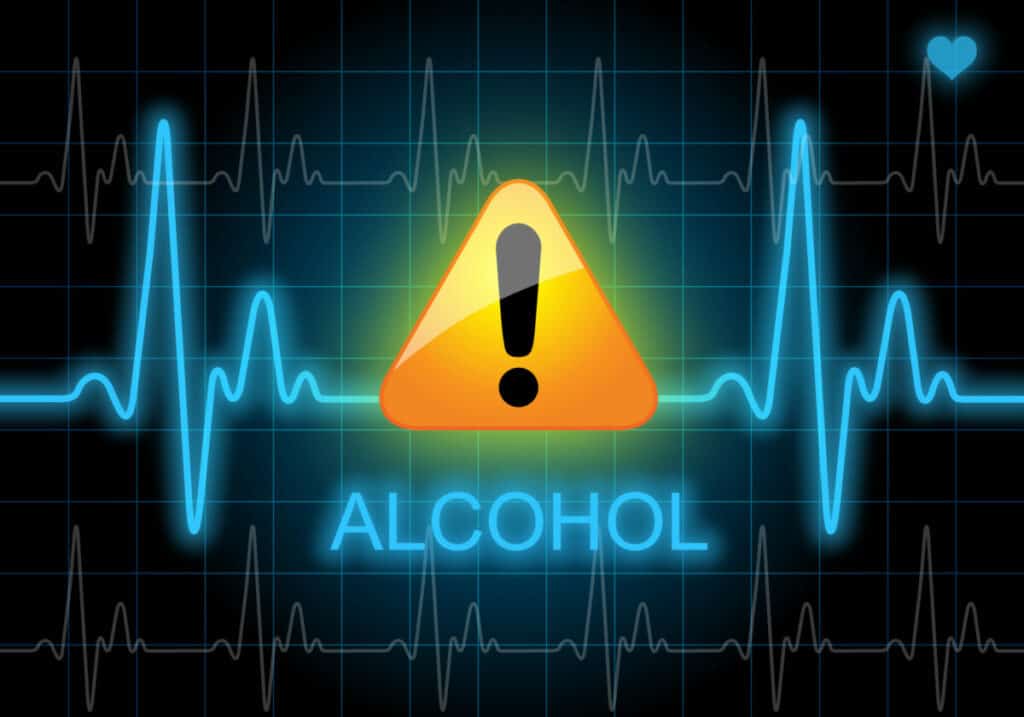
When travelling, avoid alcohol at any expense.
Acute alcohol consumption is associated with cardiac arrhythmias and sinus tachycardia in particular.
Munich Beer Related Electrocardiogram Workup Study (2)
When you drink alcohol, the heart rate and blood pressure can increase temporarily. The heart muscle fatigues and heartbeat become irregular.
High altitude
High altitude can influence conditions such as blood pressure and the risk for heart disease to deteriorate. Many cardiac patients can fly safely, but necessary elements can take far to ensure a safe trip.
As a result of high altitude, oxygen saturation could be lower than usual with up to 10%, and sitting for hours will deprive the body of oxygen even more.
If you experience altitude sickness, drink plenty of water and move as often as you can to prevent blood from pooling in your legs. You can also do some sitting leg exercises if the plane is too busy or you don’t want to disturb other passengers.
Before flying, checking existing prescriptions and monitoring all medications correctly as needed on the journey helps a great deal.
Carrying heavy luggage
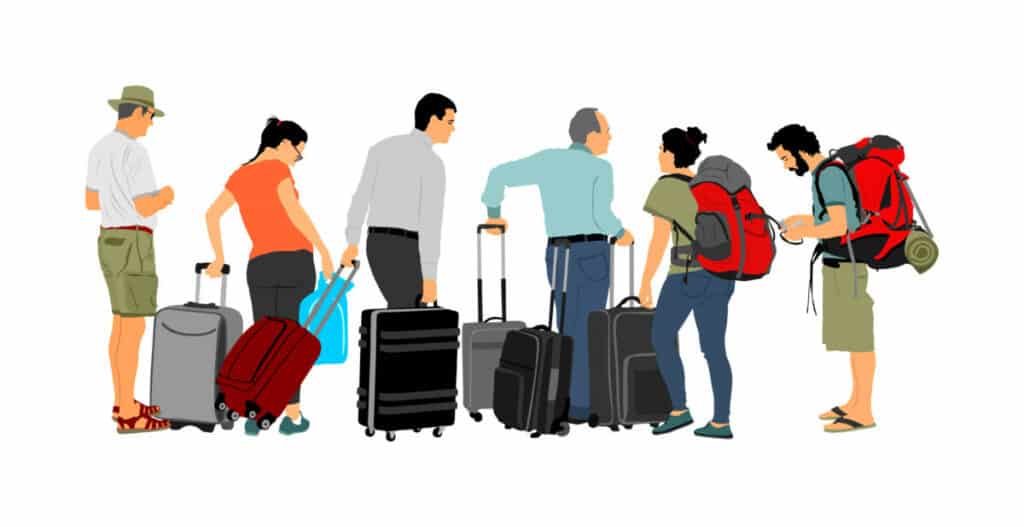
More strain is needed when you lift heavy weights, which can trigger a greater rise in blood pressure. Severe elevations in blood pressure during heavy lifting might pose a risk of an SVT attack. During exertion, holding your breath also will produce extreme blood pressure spikes that might trigger an SVT attack.
What you can do to prevent an SVT episode:
- Ask a friend or family member to accompany you to the airport and help you carry your luggage.
- Place all the heavy luggage in the hold and choose to get them only at the destination in case you have to change planes
- The hand luggage should be as light as possible, containing only what is strictly necessary.
- When you board the plane, ask for the help of a flight attendant to lift your luggage on the top shelf.
Turbulent flight
Turbulences can occur regardless of the weather and are caused by wind, currents, the proximity of mountains and storms.
However, the pilot can detect most of the turbulence and will announce that in advance so that passengers can prepare and be safe all this time.
There are a few things you can do if you are worried about this aspect of the trip:
- Book your flight early in the day.
- Reserve your seat in the rows in front of the plane or close to the wings. The turbulence is felt most strongly at the back of the aircraft.
- If you have the option, choose to travel in a bigger aircraft as they fly higher and are less likely to encounter turbulence.
- When you are sitting, keep your seatbelt on all times.
- Let the flight crew know that you have SVT and anxiety could be a trigger. They will pay special attention to you in case of things going bumpy.
Other Things to do if you want to beat SVT while on plane
- Keep yourself busy: read or watch movies
- Stop all triggers, such as caffeine, spicy food, alcohol, etc.
- Keep hydrated when you travel
- Maintain positive thoughts, particularly when you reach your destination
- Take your medicine. Before you leave, call your airline to let them know that you intend to fly with medicines. Please put medications in your hand luggage. Ask your doctor to write a letter to declare what you are using in your flight. It is vital to have a current description of what you are taking and when you need to be taking the drugs, the original prescription, and packaging to prepare to travel with your medicines.
- Concentrate on keeping your heart back on track with whatever movement works.
- Additional supportive remedies include taking some things like essential oils, teas, spices, pressure point bracelets.
Why is heart rate function reduce at high altitude?
High altitude means the oxygen density is low. A lower level of oxygen in the air at high altitudes over 3000 m decreases the volume of the blood flowing through the body and the blood pressure in the lungs.
However, researchers find that all these factors play a role in blood flow reduction in the heart.
The altitude results naturally in shortness of breath as the lungs work harder to provide oxygen to the bloodstream. It takes days and even weeks to adjust to low air pressure and high altitude.
“We never understand that getting on an aircraft is essentially like going from the sea level to an 8,000-foot peak.”
Eileen McNeely, the author of the research
Within seconds after air exposure, we breathe more, since every breath responds to less oxygen and tries to increase oxygen absorption. Despite this reaction, your circulatory system also has less oxygen, which means less oxygen can enter your muscles.
Oxygen molecules are more isolated at high altitudes, so there is less energy to “drive” them together. It means that the air volume we inhale naturally contains fewer oxygen molecules.
It is also called “hypoxia” in scientific studies.
Autonomous nervous system (ANS) responses are important for hypoxia acclimatization.
Acute hypoxia triggers multiple autonomic processes predominantly in the heart’s functioning, such as increased coronary rest, blood pressure, and cardiac output in the respiratory system, such as triggering heart failure and increased heart rate.
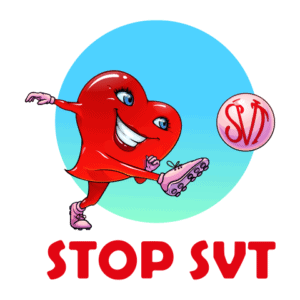
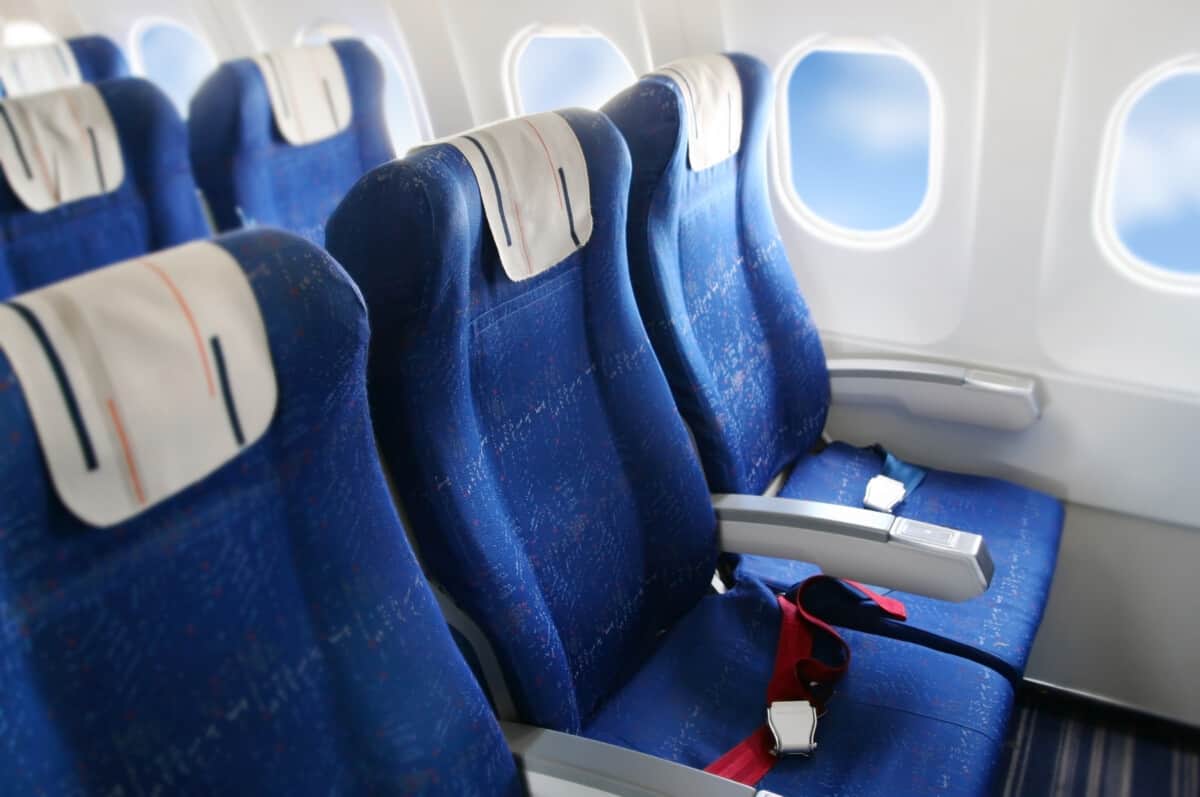
Woukd love to learn more. Just diagnosed.
Hi Samantha, Welcome to my blog. Stay well!
Hello there,
May I ask your opinion on ablation? I have not been diagnosed yet but I’ve had two episodes in last three months and have asked to be referred to a cardiologist?
Hi Aminta, I’d recommend collecting as much information as you can and consulting with a medical professional. Feel free to ask them all the questions you have about ablation. At the end of the day, it’s your decision that truly matters. Stay well.